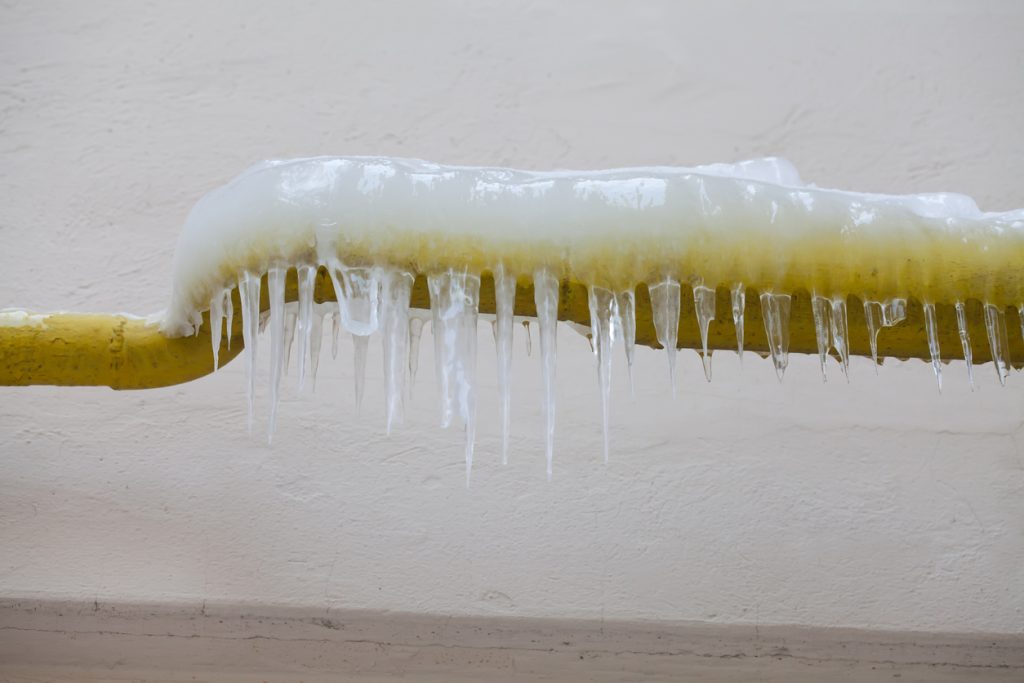Presented here on the next paragraphs you can find more helpful content on the subject of Prevent Frozen Pipes .

Cold weather can ruin your pipes, especially by freezing pipes. Here's how to avoid it from taking place and what to do if it does.
Introduction
As temperatures decline, the threat of icy pipes boosts, possibly resulting in pricey repairs and water damages. Comprehending how to stop icy pipes is essential for property owners in cool climates.
Understanding Frozen Pipelines
What triggers pipelines to ice up?
Pipes ice up when subjected to temperature levels listed below 32 ° F (0 ° C) for extended periods. As water inside the pipelines freezes, it broadens, taxing the pipe walls and possibly triggering them to rupture.
Dangers and damages
Frozen pipelines can cause water supply interruptions, residential property damages, and pricey fixings. Burst pipes can flood homes and trigger considerable structural damage.
Indicators of Frozen Piping
Recognizing frozen pipes early can avoid them from bursting.
How to identify frozen pipelines
Try to find reduced water circulation from faucets, uncommon smells or noises from pipes, and visible frost on exposed pipes.
Prevention Tips
Shielding at risk pipes
Cover pipelines in insulation sleeves or utilize heat tape to safeguard them from freezing temperature levels. Focus on pipes in unheated or outside areas of the home.
Home heating methods
Maintain interior areas properly heated up, specifically locations with pipes. Open cabinet doors to permit warm air to distribute around pipelines under sinks.
Safeguarding Exterior Plumbing
Yard tubes and outdoor faucets
Detach and drain pipes yard tubes before wintertime. Mount frost-proof faucets or cover exterior faucets with protected caps.
What to Do If Your Pipes Freeze
Immediate actions to take
If you think frozen pipelines, maintain taps available to alleviate stress as the ice thaws. Make use of a hairdryer or towels soaked in warm water to thaw pipelines slowly.
Long-Term Solutions
Architectural changes
Take into consideration rerouting pipes away from outside wall surfaces or unheated areas. Include additional insulation to attic rooms, cellars, and crawl spaces.
Updating insulation
Invest in premium insulation for pipelines, attic rooms, and walls. Appropriate insulation assists keep regular temperatures and decreases the risk of frozen pipelines.
Verdict
Protecting against frozen pipelines needs proactive steps and fast responses. By comprehending the causes, indications, and preventive measures, house owners can shield their plumbing throughout winter.
5 Ways to Prevent Frozen Pipes
Drain Outdoor Faucets and Disconnect Hoses
First, close the shut-off valve that controls the flow of water in the pipe to your outdoor faucet. Then, head outside to disconnect and drain your hose and open the outdoor faucet to allow the water to completely drain out of the line. Turn off the faucet when done. Finally, head back to the shut-off valve and drain the remaining water inside the pipe into a bucket or container. Additionally, if you have a home irrigation system, you should consider hiring an expert to clear the system of water each year.
Insulate Pipes
One of the best and most cost-effective methods for preventing frozen water pipes is to wrap your pipes with insulation. This is especially important for areas in your home that aren’t exposed to heat, such as an attic. We suggest using foam sleeves, which can typically be found at your local hardware store.
Keep Heat Running at 65
Your pipes are located inside your walls, and the temperature there is much colder than the rest of the house. To prevent your pipes from freezing, The Insurance Information Institute suggests that you keep your home heated to at least 65 degrees, even when traveling. You may want to invest in smart devices that can keep an eye on the temperature in your home while you’re away.
Leave Water Dripping
Moving water — even a small trickle — can prevent ice from forming inside your pipes. When freezing temps are imminent, start a drip of water from all faucets that serve exposed pipes. Leaving a few faucets running will also help relieve pressure inside the pipes and help prevent a rupture if the water inside freezes.
Open Cupboard Doors
Warm your kitchen and bathroom pipes by opening cupboards and vanities. You should also leave your interior doors ajar to help warm air circulate evenly throughout your home.

I am just very serious about How To Avoid Freezing Pipes and I hope you liked the new blog posting. So long as you liked our blog posting if you please make sure you remember to pass it around. Many thanks for your time spent reading it.
Call Today
Comments on “Avoiding Frozen Plumbing in Cold Weather: Pro Tips”